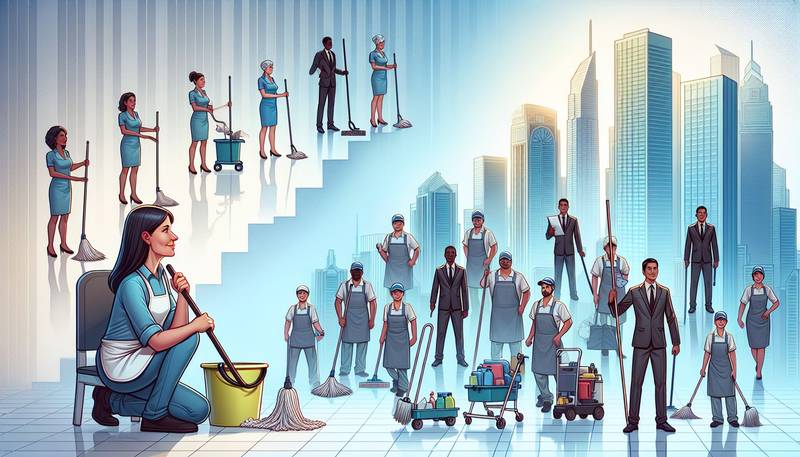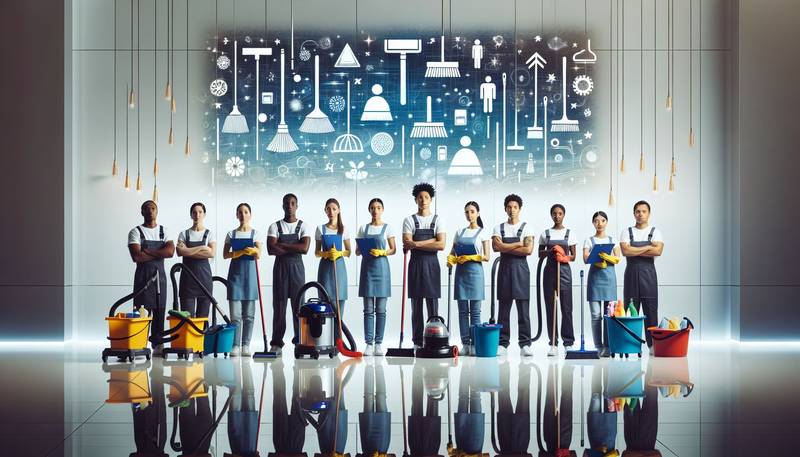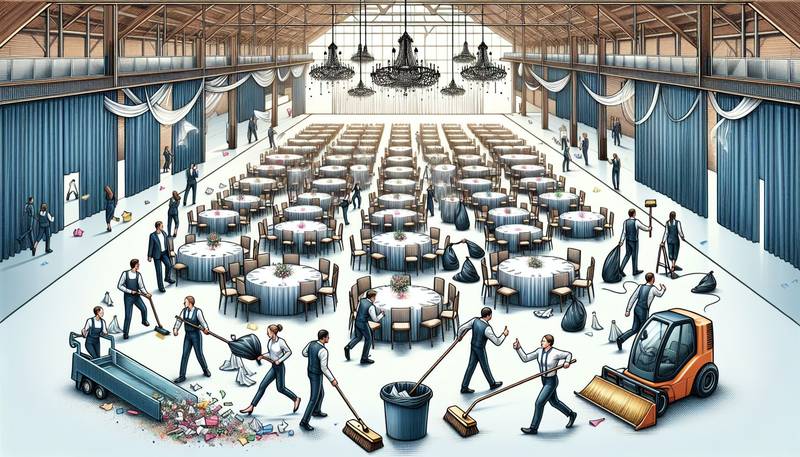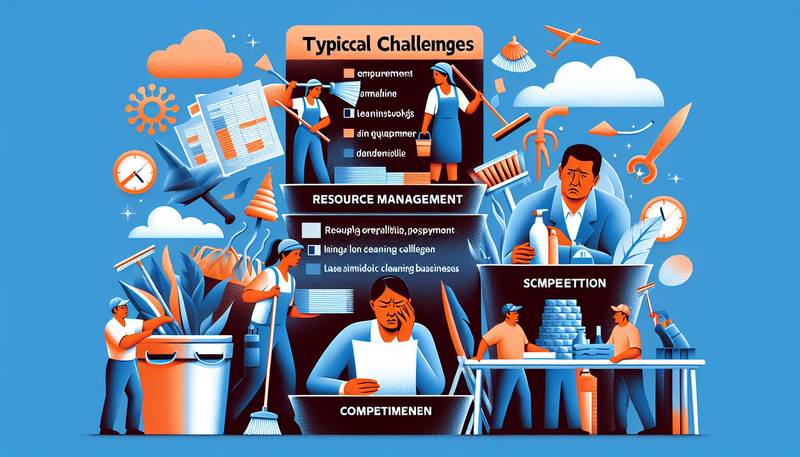Safety Procedures and Protocols for Cleaning Staff
However, cleaning staff face certain risks and dangers while performing their duties, including exposure to harmful chemicals, slips and falls, and potential injuries from lifting heavy objects. To ensure the safety and well-being of cleaning staff, it is important to implement proper safety procedures and protocols.
Importance of Safety Procedures for Cleaning Staff
Safety procedures and protocols are necessary to protect cleaning staff from accidents and injuries that may occur while carrying out cleaning tasks. By following established safety guidelines, cleaning staff can reduce the risks associated with their work and ensure a safe working environment for themselves and others. Implementing safety procedures also helps to comply with regulations and standards set by health and safety authorities.
Personal Protective Equipment (PPE)
One of the key safety measures for cleaning staff is the use of personal protective equipment (PPE). This includes items such as gloves, goggles, masks, and aprons, which help to protect cleaning staff from exposure to hazardous chemicals, sharp objects, and other potential risks. It is important for cleaning staff to wear the appropriate PPE for the tasks they are performing to minimize the risk of accidents and injuries.
Training and Education
Proper training and education are essential for ensuring the safety of cleaning staff. All cleaning staff should receive training on how to use cleaning equipment and chemicals safely, as well as how to identify potential hazards and risks in their work environment. Training should also include information on proper lifting techniques, ergonomic practices, and emergency procedures in case of accidents or injuries. Regular refresher training sessions can help to reinforce safety protocols and ensure that cleaning staff are up to date on best practices.
Safe Handling of Chemicals
Cleaning staff often work with a variety of cleaning chemicals and products that can be hazardous if not handled properly. It is important for cleaning staff to read and follow the manufacturer's instructions for all cleaning products, including dilution ratios, storage guidelines, and appropriate ventilation requirements. Cleaning staff should also be trained on how to properly handle, mix, and dispose of cleaning chemicals to prevent accidental spills, inhalation, or skin contact.
Prevention of Slips, Trips, and Falls
Slips, trips, and falls are common hazards for cleaning staff, especially when working in wet or slippery conditions. To prevent accidents, cleaning staff should ensure that spills are promptly cleaned up, wet floor signs are displayed when necessary, and pathways are kept clear of obstacles. Cleaning staff should also wear appropriate footwear with slip-resistant soles and use ladders or step stools for reaching high areas safely.
Ergonomic Practices
Cleaning staff may be at risk of musculoskeletal injuries due to repetitive tasks, awkward postures, and heavy lifting. To prevent injuries, cleaning staff should use ergonomic cleaning equipment and tools that minimize strain on the body. They should also be trained on proper lifting techniques, such as bending at the knees and using their leg muscles to lift heavy objects. Regular breaks and stretching exercises can help to reduce fatigue and prevent strain injuries.
Emergency Preparedness
In the event of an accident or injury, cleaning staff should be prepared to respond quickly and effectively. Emergency procedures should be clearly outlined and communicated to all cleaning staff, including how to report incidents, access first aid supplies, and contact emergency services if needed. Regular drills and simulations can help to ensure that cleaning staff are familiar with emergency protocols and know how to react in case of an emergency.
Conclusion
Safety procedures and protocols are essential for protecting the well-being of cleaning staff and maintaining a safe work environment. By implementing proper safety measures, such as using PPE, providing training and education, and promoting ergonomic practices, cleaning staff can reduce the risks associated with their work and prevent accidents and injuries. It is important for employers to prioritize the safety of cleaning staff and provide the necessary resources and support to ensure a safe and healthy workplace for all.











